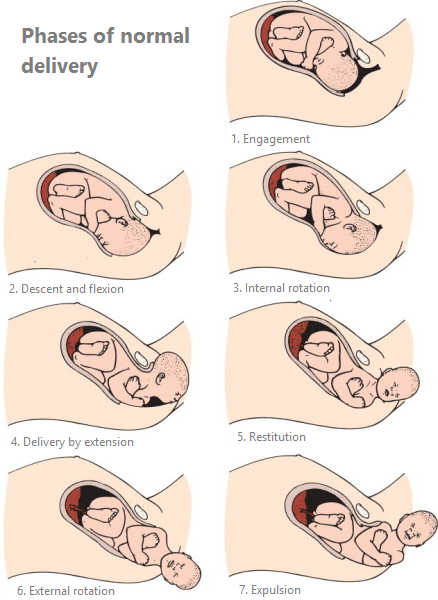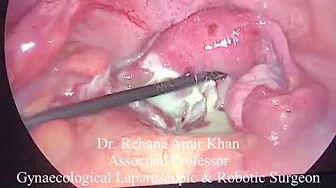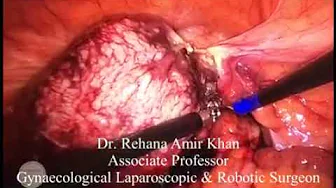Normal Delivery

NORMAL VAGINAL DELIVERY
Are you having a Baby after so long; Let us help you to deliver your baby more safely.
As you all know, vaginal birth is the most common method of childbirth. It's hard to know what to expect until you experience it, but discussion with our expert doctors and asking questions can help you better.
Our Gynecologist Surgeon in Lahore will Make Your Labour A Pain-Free Journey.
Start your new phase of life with complete joy with ultra professional care.
Vaginal delivery is usually low-risk and very successful. Our doctors are trained to manage any complications that may arise and help you welcome a healthy baby into the world.
Normal vaginal delivery
Natural childbirth is when a female gives birth vaginally. Vaginal delivery is the most preferred mode of delivery as they are generally low risk and offer the most significant benefit to both the person born and the baby.
Our Doctors prefer vaginal births because they are generally safer for the fetus and the person giving birth. Vaginal delivery most often occurs between 37 and 42 weeks of gestation. Today, vaginal births are less common, especially in Pakistan.
Here are some methods of normal vaginal delivery that our doctors usually prefer.
Types of Vaginal Birth
There are different types of vaginal births: natural, induced and assisted.
A spontaneous vaginal delivery that does not require medication to induce labor.
Medications or other methods to start labor and prepare the cervix are also called induction of labor.
Assisted vaginal delivery is in which labor is delivered with the help of forceps or a suction device.
Medical assistance varies during a baby's birth, from medication to emergency delivery procedures.
NORMAL VAGINAL DELIVERY
Stages of vaginal delivery
Vaginal delivery can be divided into three stages: Labor, Birth, and placental.
Labor
The first stage of labor begins with uterine contractions and ends with 10 cm and 100% cervical dilation.
However, labor is divided into three main stages; early, active, and transition.
Early labor: temporal contractions begin, the cervix starts to open (dilate) and soften (contract)
Active labor: During this phase, muscular contractions last up to a minute, separated by three minutes. Some females ask for an epidural during this time because the contractions can be painful. Our doctor gives medication to speed up your labor, if your cervix is not responding to contraction to avoid cesarian section.
Transition Labor: This is before the cervix is dilated by 10 cm. This is a short but intense period because the contractions are rapid and last more than a minute. This stage may make you sweat, vomit, or shiver. It happens before you start pushing.
Delivery of the Baby
After start of the labor your cervix continue to open and head of your baby descends down, when you grow 10cm this is the time, when your baby is delivered vaginally. During this phase of labor, you experience strong contractions and start pushing. You may feel stressed for safe delivery of your baby and because of strong pains. Our health professionals will provide you companionship that will restore your energy at this exhausting point. They will guide you for time of intermittent pushing especially if you're on an epidural and can't feel contractions. However, this phase can last a few minutes or hours, depending on your strength. If you've had a vaginal birth before, labor is usually quicker.
Placenta delivery
The final stage of labor is the delivery of the placenta (often called the placenta). It starts after the baby is delivered from the vagina and ends when the placenta is born. This phase begins a few minutes after your baby is born and lasts up to 30 minutes.
It's important to remember that labor and delivery vary from person to person. Certain factors can affect whether your labor will be longer or shorter.
Assisted Vaginal Delivery
Vaginal birth is the most common method of childbirth. When necessary, assisted delivery procedures are used. While childbirth is a natural and uncomplicated process, it requires the assistance of medical staff.
NORMAL VAGINAL DELIVERY
Assisted Delivery Procedure
Our Doctor will recommend the required procedures based on your state of labor and need for assistance. Delivery assistance procedures may include:
Episiotomy
In this case, a surgical incision made in the perineum. The incision widens the vaginal opening, making it easier for the baby to pass through and preventing the mother's skin from tearing. Most women don't need it, which is reserved for exceptional cases.
Doctors use local anesthesia for mothers who did not choose an epidural during labor.
Amniotomy ("breaking the sac of water")
Amniotomy is the artificial rupture of the amniotic membrane or sac, which contains the fluid surrounding the baby. Amniotomy can be performed before or during labor. Amniotomy is often used to:
The doctor will use an amino hook similar to a crochet hook to break up your water bag. Once the procedure is complete, a baby should be delivered within 24 hours to avoid infection.
Induce labor
Induction of labor usually means that labor must begin for several reasons. It is often used in pregnancies with medical problems or other complications.
Medical reasons for labor induction may include:
Past-due pregnancy
Fetal monitoring
Fetal monitoring is the process of knowing the fetal heart rate. However, it can be external or internal.
Forceps delivery
During labor, doctors insert forceps like two large spoons into the vagina and around the baby's head. The doctor places and uses forceps to pull the baby's head through the vagina gently. The rest of the baby came out normally.
Vacuum Delivery
A vacuum is created using a pump, and an instrument is used to pull the baby through the birth canal with the help of the mother's contractions.If all these methods fail to deliver the baby, our doctor recommends a cesarean operation.
Caesarean Operation
A cesarean, also known as a C-section, is a surgical procedure performed when vaginal delivery is impossible. During this method, the baby is delivered through a surgical incision.
NORMAL VAGINAL DELIVERY
Risk of Normal Vaginal Delivery
Longitudinal Vaginal Septum
Vaginal delivery is usually the least risky. The most common complications of vaginal delivery are:
No progress: Occurs when labor slows or stops, and the cervix does not dilate. Your doctor will give you oxytocin to stimulate contractions and labor.
Irregular fetal heart rate: This occurs when your baby's heart rate slows due to compression of the head or umbilical cord.
Bleeding: Excessive or life-threatening bleeding during or after delivery. Sometimes a person does not bleed until a few hours after birth (postpartum hemorrhage).
Vaginal tear: This is a tear in the tissue around the vagina and rectum during labor.
Deep vein thrombosis: A blood clot that forms in the legs or pelvis shortly after birth.
Postpartum preeclampsia: High blood pressure in someone who has just given birth.
NORMAL VAGINAL DELIVERY
Reasons to Avoid Normal Vaginal Delivery
In most cases, normal vaginal delivery is preferred. However, certain conditions can make vaginal birth dangerous. Our doctor may recommend a cesarean delivery if:
- The child is in a breech position.
- Placenta Previa or placenta problems.
- Untreated infection or open genital injury caused by the herpes simplex virus.
- Chronic medical conditions that are not controlled
NORMAL VAGINAL DELIVERY
Health Benefits of Normal Vaginal Delivery
Vaginal delivery has many benefits for both the person giving birth and the fetus.
The benefits of vaginal delivery for the newborn are:
The benefits of vaginal delivery to the fetus are:
NORMAL VAGINAL DELIVERY
Recovery from normal vaginal delivery
Recovery time for vaginal delivery varies. Generally, it is faster than a cesarean section. Several factors affect the speed of recovery. It is normal to have swelling and itching around the tear. Our Doctor will suggest medication and home remedies for a speedy recovery.
Bleeding after vaginal delivery
It depends on the person. Bleeding at the postpartum visit a few weeks later is normal.If you’re bleeding increases over time, or if you still need extra thick pads after a few weeks, call our doctor or visit us.
Complications after vaginal delivery
Your body and emotions may change after giving birth. It includes:
After the delivery, many women have "baby blues," postpartum depression, or postpartum anxiety. Hormonal changes can cause sadness, crying, or different sentiments in the first few weeks after vaginal delivery. If you are still experiencing sadness, anxiety, or mood swings weeks or months after your baby is born, please visit our clinic.
Common FAQs About Normal Vaginal Delivery
Yes, it can be painful. There are many options to help manage pain during vaginal delivery. Some females choose an epidural block to numb their bodies from the waist down.
A cesarean section can be planned if necessary for medical reasons or unscheduled during labor if specific problems arise.
Most women who have a cesarean section deliver vaginally later in their pregnancy. Your chances of having a vaginal birth after a cesarean section (VBAC) significantly increase if you meet the following criteria:




